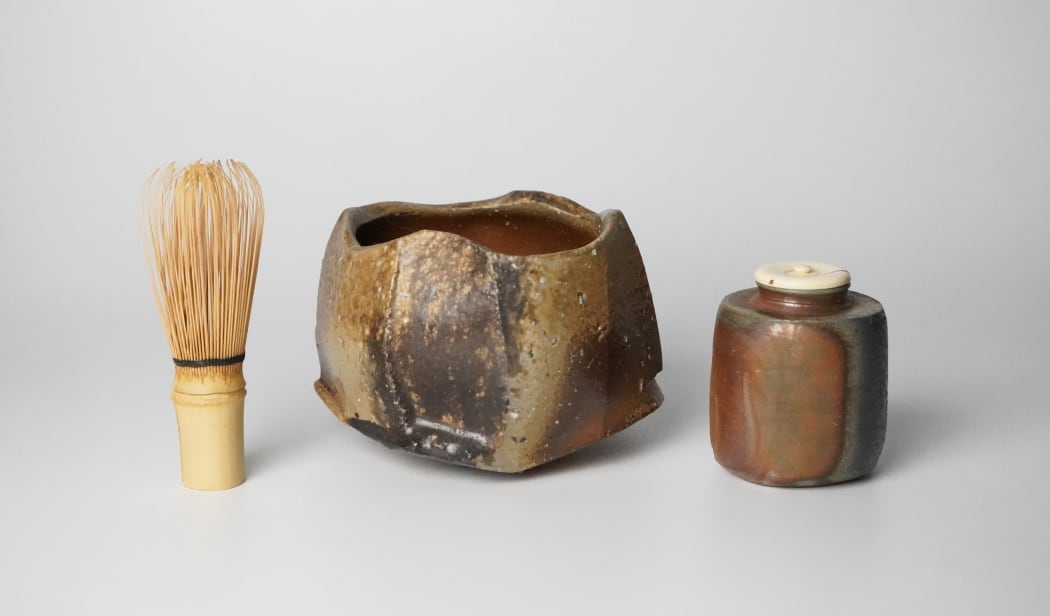
“Modern visual taste, weaned on the sculptural Impressionism of Bourdelle and Rodin or on the painterly abstractions of Pollock and Dubuffet – that is, trained to accept the semiotic language of organic process – can more easily embrace the “accidental” attributes of Raku, Iga, Bizen, Shigaraki, Karatsu, and Tamba glazes.”
Here, Dr Richard A Perry writes on contemporary western conceptions around wabi sabi, shibui, and Japanese aesthetics. He asserts that the taste for these modern aesthetic ideals in the west are innately tied to the properties of the ceramic tea bowl, or chawan. Indeed, the surfaces of the chawan’s glazes– of Bizen, Oribe, Shino, Shigaraki, Karatsu, etc.– along with their accompanying physical properties are a source of core inspiration for contemporary collectors of chadogu (tea utensils) in the west.
The English potter elaborated on this too, with a statement on the immaterial aesthetic ideals tied to the Japanese tea ceremony: “Cha-no-yu may be defined as an aesthetic of actual living, in which utility is the first principle of beauty.”
Here, Leach describes that in order to fully appreciate the beauty of the yakimono tea bowl, it is necessary to engage its utility. Indeed, the tea bowl provides a contemplative and utilitarian anchor for the innately meditative Japanese tea ceremony. Not only is the optical quality of chawan an essential part of its meditative identity, but so are its physical properties. In other words, the chawan holds value in characteristics that lie beyond the visual relationship between the beholder and the tea bowl’s surface. For example, particular attention may be paid to the weight of the bowl. Its mass may emphasize a more ethereal and gentle character, or a powerful and robust quality. The temperature of the clay’s glazed surface at first touch, and subsequently over time, is also a core component of the appreciation of a tea bowl.
The beholder’s interaction with both the physical and visual properties of the enigmatic yakimono tea bowl creates infinite intuitive points of engagement to slowly meditate upon. Contemporary potters produce work that is fertile ground for providing such sources of inspiration.
This essay will be published as part of our summer show on Japanese tea ware.
Browse our available yakimono tea ware here

